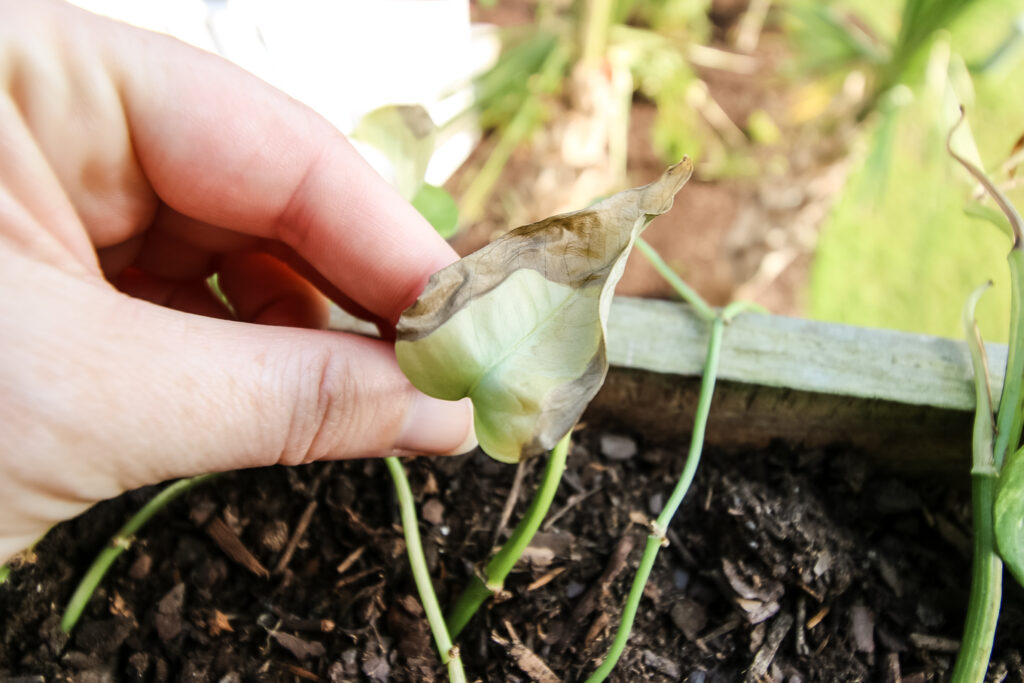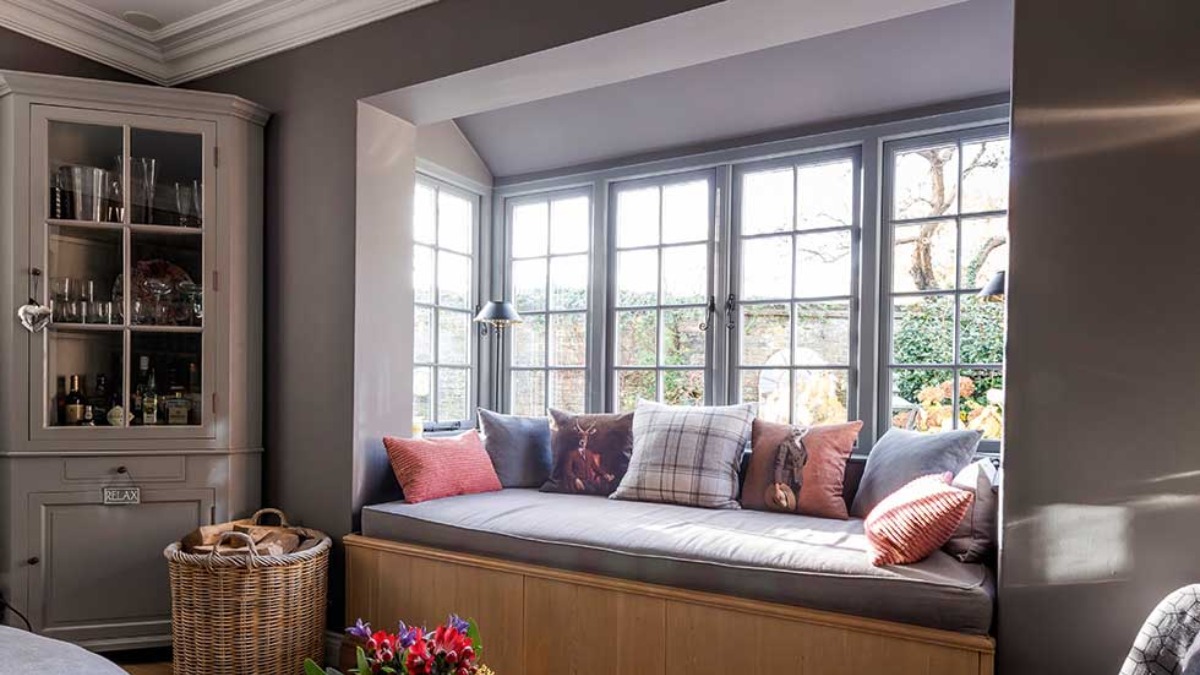Understanding the Unique Needs of String of Pearls
The String of Pearls, a popular and low-maintenance succulent, has gained widespread attention for its unique, trailing stems and small, rounded leaves. As a succulent enthusiast, it’s essential to understand the specific needs of this plant to ensure optimal growth and health. One of the most critical factors in String of Pearls care is providing the right amount of sunlight. But how much sun does String of Pearls need, exactly? The answer lies in understanding the plant’s natural habitat and adapting to its requirements. Native to South Africa, String of Pearls thrives in bright, indirect sunlight, making it an ideal choice for indoor spaces. However, it’s crucial to strike a balance between sunlight and shade to prevent scorching or under-exposure. By grasping the unique needs of String of Pearls, you’ll be well on your way to creating a thriving and beautiful display.
How Much Sunlight Does String of Pearls Need to Thrive?
When it comes to providing the right amount of sunlight for String of Pearls, it’s essential to strike a balance between direct and indirect light. Ideally, String of Pearls requires 4-6 hours of direct sunlight per day, preferably in the morning or late afternoon when the sun’s rays are gentler. However, it’s also crucial to provide some indirect sunlight, especially during the hottest part of the day, to prevent scorching. A good rule of thumb is to place your String of Pearls near an east- or west-facing window, which will provide the necessary amount of indirect sunlight. If you’re unsure how much sun your plant is getting, observe its behavior – if it’s stretching towards the light, it may need more direct sunlight, while if it’s becoming scorched, it may need more shade. By understanding the specific sunlight needs of your String of Pearls, you can ensure it receives the right amount of light to thrive.
The Importance of Balance: Avoiding Too Much or Too Little Sun
When it comes to providing sunlight to String of Pearls, finding the perfect balance is crucial. Too much sun can lead to over-exposure, causing the leaves to become scorched, discolored, or even develop brown spots. On the other hand, too little sun can result in under-exposure, leading to weak, leggy stems and a lack of vibrant color. To avoid these consequences, it’s essential to monitor your plant’s response to sunlight and make adjustments accordingly. For example, if you notice your String of Pearls is becoming scorched, try providing some shade, especially during the hottest part of the day. Conversely, if your plant is looking weak and leggy, consider increasing the amount of direct sunlight it receives. By striking a balance between sunlight and shade, you can ensure your String of Pearls receives the right amount of light to thrive. Remember, the key is to observe your plant’s behavior and adjust its sunlight exposure accordingly. By doing so, you’ll be able to provide the ideal amount of sunlight and promote healthy growth.
Factors Affecting Sunlight Requirements: Temperature, Humidity, and More
When it comes to determining how much sun String of Pearls needs, several factors come into play. Temperature, humidity, and seasonality are just a few of the variables that can impact the sunlight requirements of this unique plant. For example, in warmer temperatures, String of Pearls may require more shade to prevent overheating, while in cooler temperatures, it may benefit from more direct sunlight. Similarly, high humidity can lead to fungal diseases, making it essential to provide good air circulation and adjust sunlight exposure accordingly. Seasonality also plays a role, as String of Pearls may require more sunlight during the spring and summer months when it’s actively growing, and less sunlight during the fall and winter months when it’s dormant. By considering these factors, you can adjust the sunlight exposure of your String of Pearls to meet its specific needs and promote healthy growth. Remember, understanding how these factors interact with sunlight requirements is crucial in providing the optimal environment for your plant to thrive.
East-, West-, or South-Facing Windows: Which is Best for String of Pearls?
When it comes to choosing the ideal window orientation for String of Pearls, it’s essential to consider the direction and intensity of sunlight. East-facing windows receive gentle, indirect sunlight, making them an excellent choice for String of Pearls that require partial shade. West-facing windows, on the other hand, receive direct sunlight in the afternoon, which can be beneficial for plants that need more intense light. South-facing windows receive the most direct sunlight, making them ideal for String of Pearls that require full sun. However, it’s crucial to provide shading or filtering to prevent overheating and scorching. Consider the specific needs of your String of Pearls and the amount of sunlight it requires. If you’re unsure, start with an east-facing window and adjust as needed. Remember, understanding how much sun does String of Pearls need is crucial in determining the ideal window orientation for optimal growth and health.
Supplementing Natural Light: Using Grow Lights for String of Pearls
While natural sunlight is ideal for String of Pearls, it’s not always possible to provide the right amount of light, especially during the winter months or in rooms with limited sunlight. This is where grow lights come in – a valuable tool for supplementing natural light and ensuring your String of Pearls receives the light it needs to thrive. When choosing a grow light, consider the type and intensity of light required by your plant. For String of Pearls, a low-to-moderate intensity light with a spectrum of 5000-7000K is recommended. It’s also essential to position the grow light at the correct distance from the plant to avoid burning or scorching. Remember, understanding how much sun does String of Pearls need is crucial in determining the right type and intensity of grow light required. By providing the right amount of supplemental light, you can promote healthy growth, prevent stretching, and encourage blooming.
Monitoring and Adjusting: How to Ensure Your String of Pearls is Getting Enough Sun
To ensure your String of Pearls is receiving the right amount of sunlight, it’s essential to monitor its response to light and make adjustments as needed. Start by observing your plant’s behavior and appearance. If it’s receiving too little sunlight, it may become leggy or stretched, with weak and spindly stems. On the other hand, if it’s receiving too much sunlight, it may develop scorched or discolored leaves. By understanding how much sun does String of Pearls need, you can identify these signs of stress and take corrective action. Adjust the plant’s position, provide shading or filtering, or supplement with grow lights to ensure optimal growth. Regularly inspect your plant’s leaves, stems, and roots to detect any signs of stress or disease, and make adjustments to its sunlight exposure accordingly. By being proactive and responsive to your plant’s needs, you can create a thriving and healthy environment for your String of Pearls.
Common Mistakes to Avoid When Providing Sunlight to String of Pearls
When it comes to providing sunlight to String of Pearls, there are several common mistakes to avoid. One of the most critical mistakes is sudden changes in sunlight exposure. String of Pearls requires a gradual adjustment to changes in light, so sudden shifts can cause stress and damage to the plant. Another mistake is inadequate shading, which can lead to scorching and discoloration of the leaves. Failing to consider the plant’s specific sunlight needs, such as how much sun does String of Pearls need, can also lead to poor growth and health. Additionally, neglecting to monitor the plant’s response to sunlight and adjust accordingly can result in under-exposure or over-exposure. By being aware of these common mistakes, you can take steps to avoid them and provide your String of Pearls with the optimal amount of sunlight for healthy growth and development.





:max_bytes(150000):strip_icc()/kararileystringofpearls-8-02a216f00a3945b4af36746867343027.jpg)
